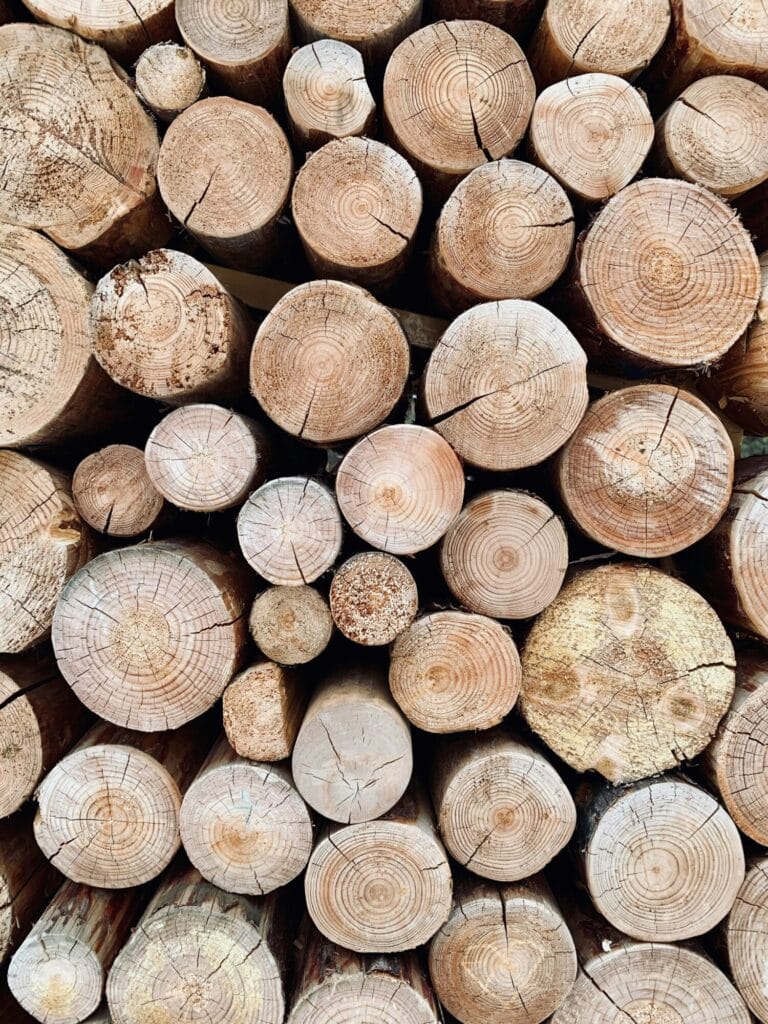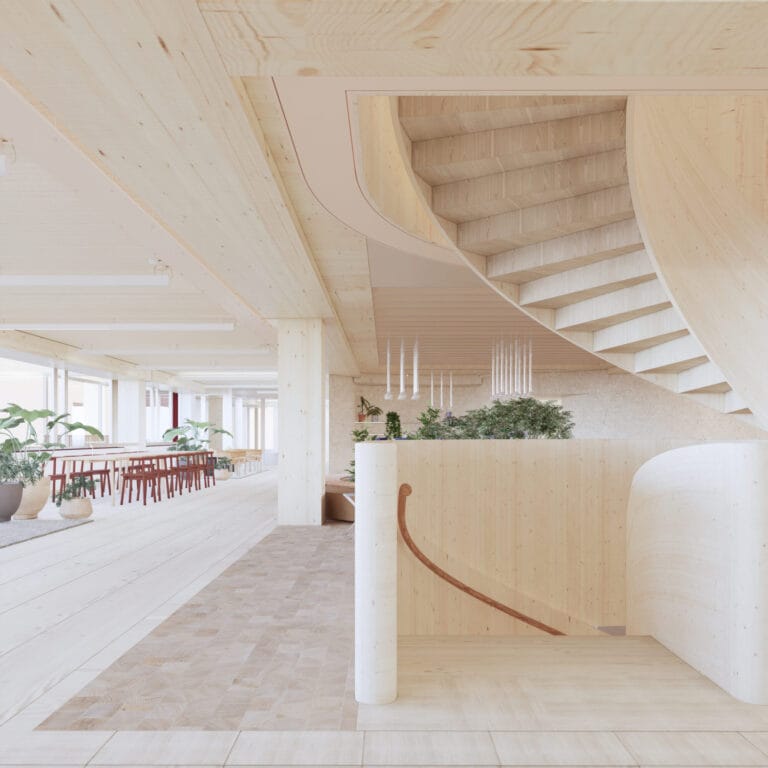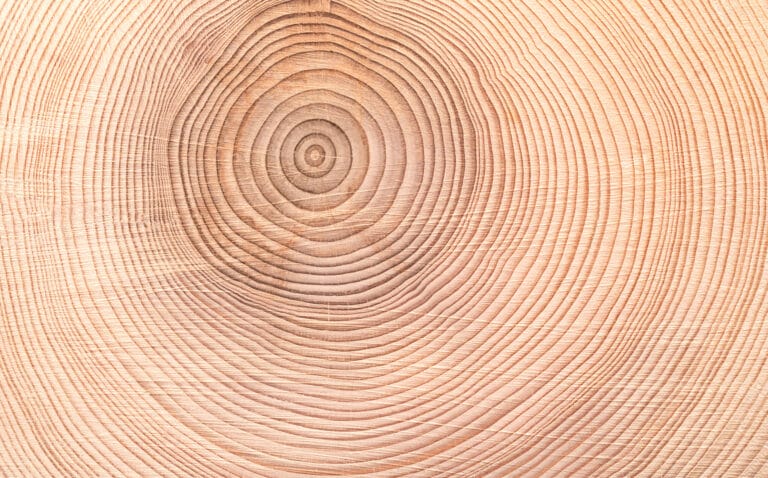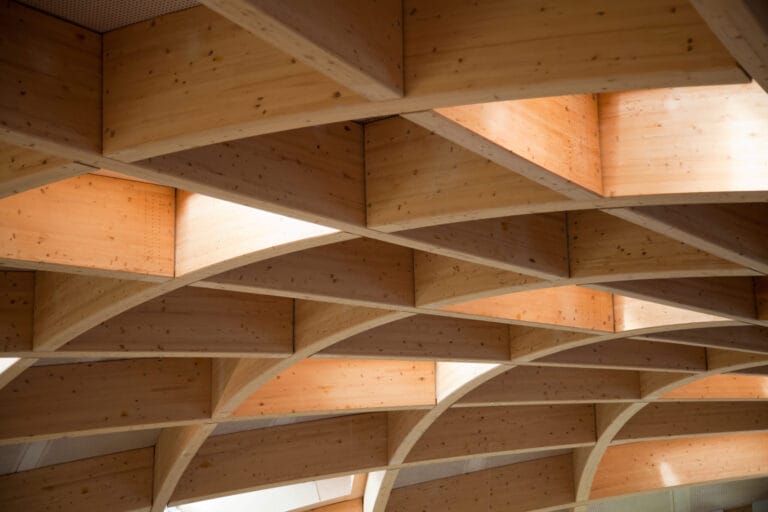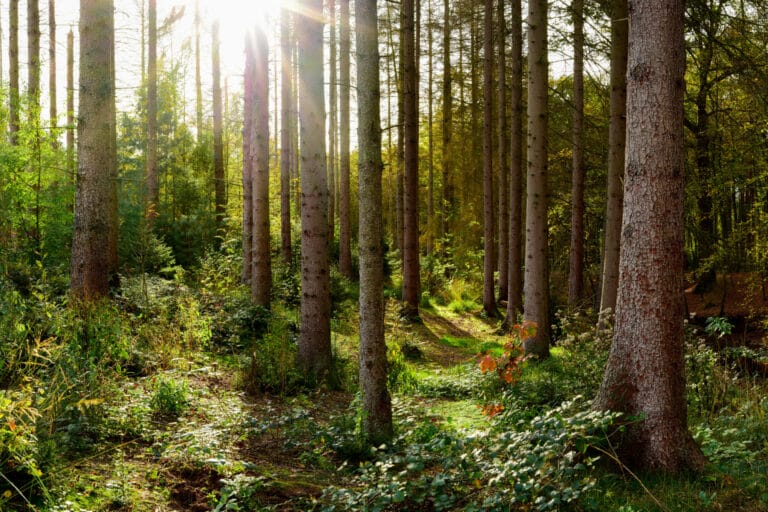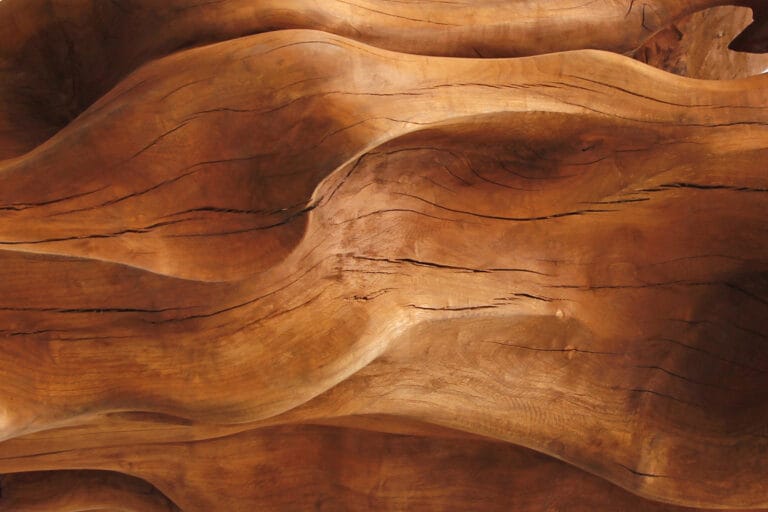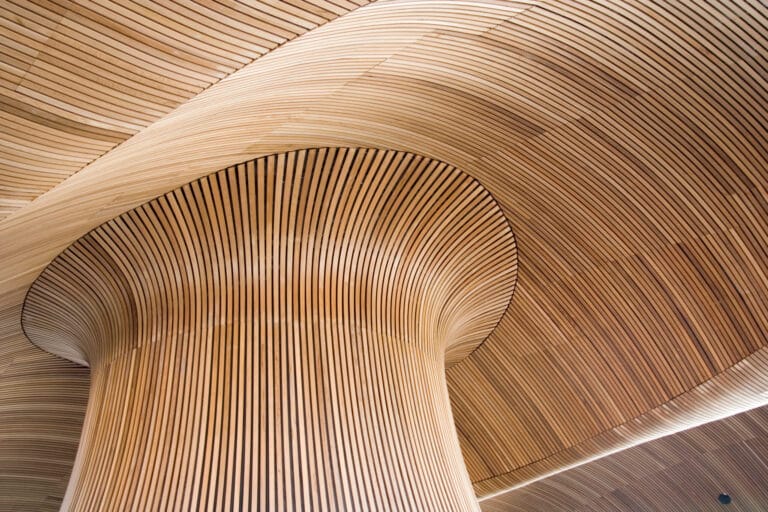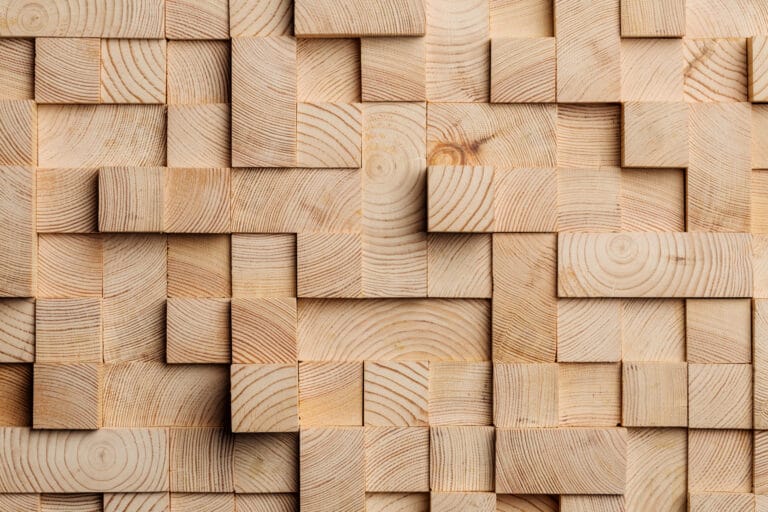Benefits of Timber
(SCROLL)
Building a greener future
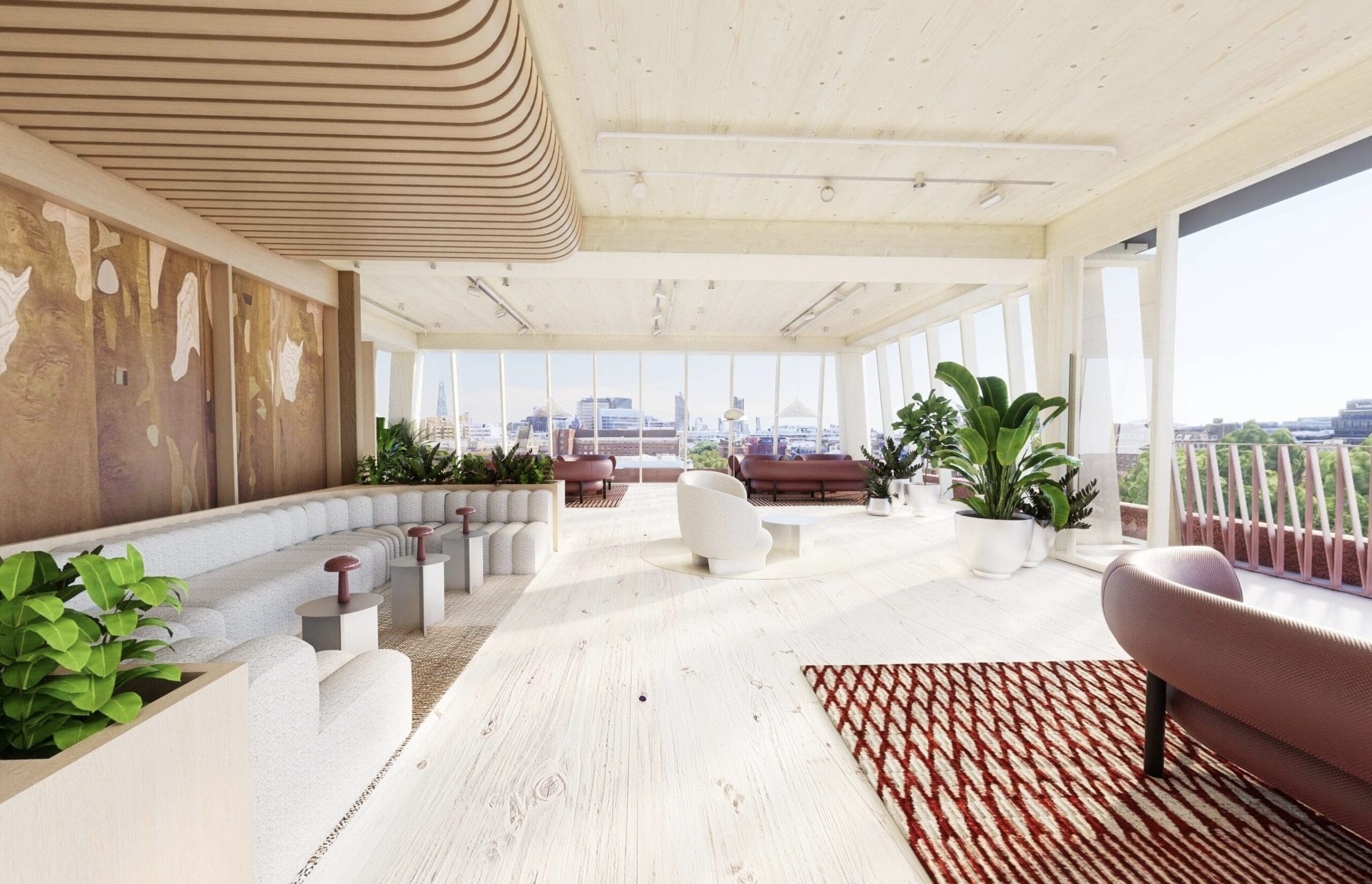
As climate change accelerates, the urgency to rethink how we design and build our workplaces has never been greater. With the building sector responsible for nearly 40% of global carbon emissions, every decision in design and construction shapes our collective future.
Timber buildings offer a powerful solution. As a carbon negative material, timber absorbs and stores CO₂ throughout its life cycle, making it an essential tool in our fight against climate change. Strong, renewable, and endlessly versatile, timber is starting to replace high-emission materials like concrete and steel.
Benefits of timber buildings extend beyond the environment – they are operationally less expensive and easy to adapt over time, and also improve human wellbeing and productivity by reducing stress, lowering blood pressure, and increasing focus, creativity and problem-solving capabilities.
Timber is more than a material. It is a cornerstone for a thriving future in which the built environment can support, not compromise, the health of people and the planet.
Discover more about timber’s benefits below…
Ecological Architecture
Welcome to a new epoch in which buildings are grown, relationships blossom, and businesses thrive. Across the world, mass timber construction is reducing emissions, enhancing wellbeing, and unifying nature and technology. But what’s behind the renaissance of humanity’s oldest building material?
The opportunities afforded by the timber structure are compelling from both the embodied carbon perspective, and in terms of the human benefits of a building that will bring occupiers into daily contact with the warmth, tactility, beauty and even the scent of timber.
“Xylo is the most sustainable new build in London.”
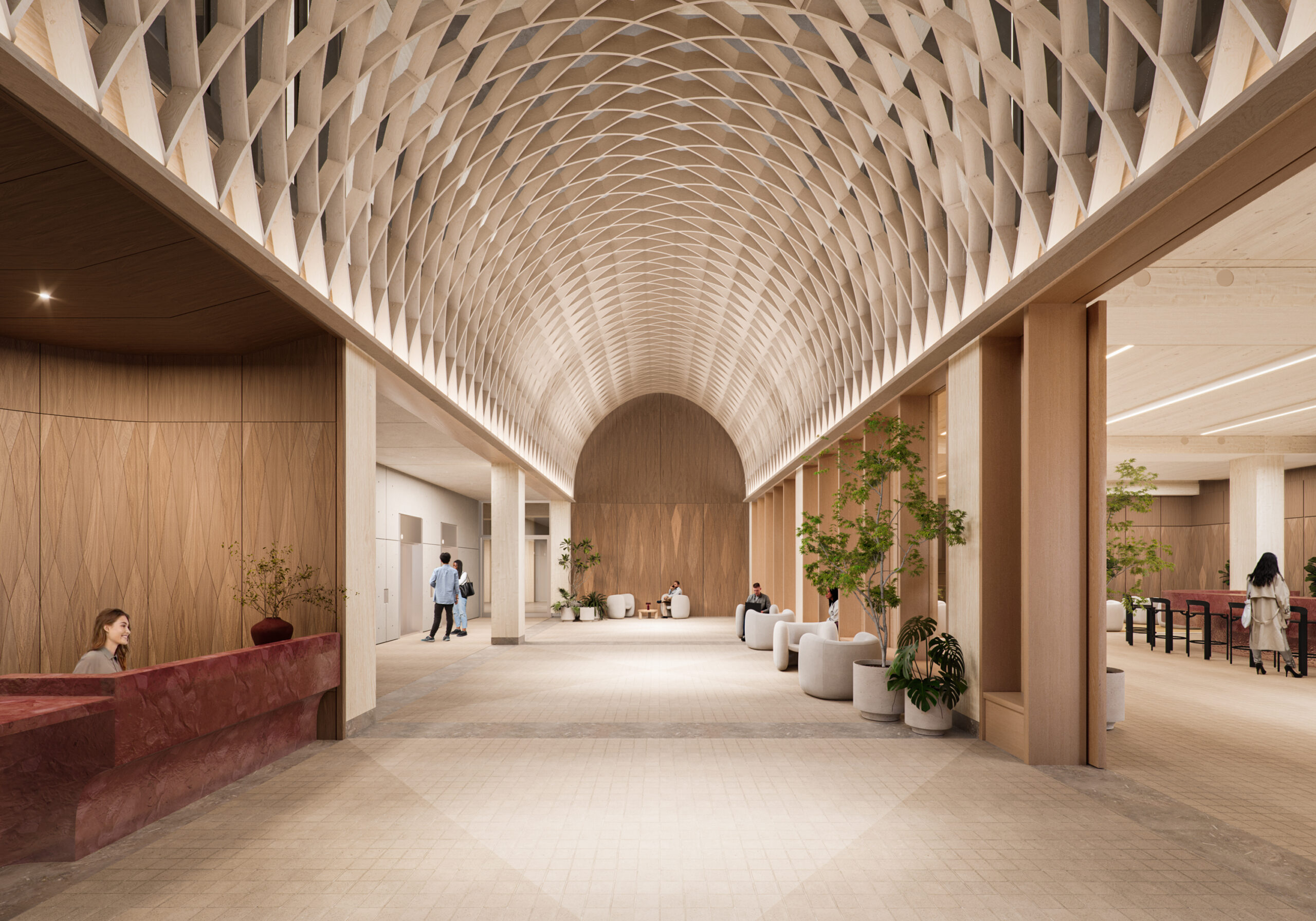
The dawn of a new era in which buildings are grown.

